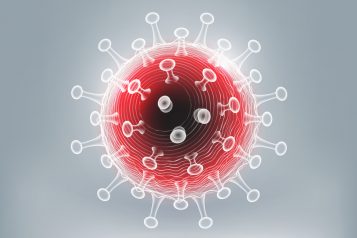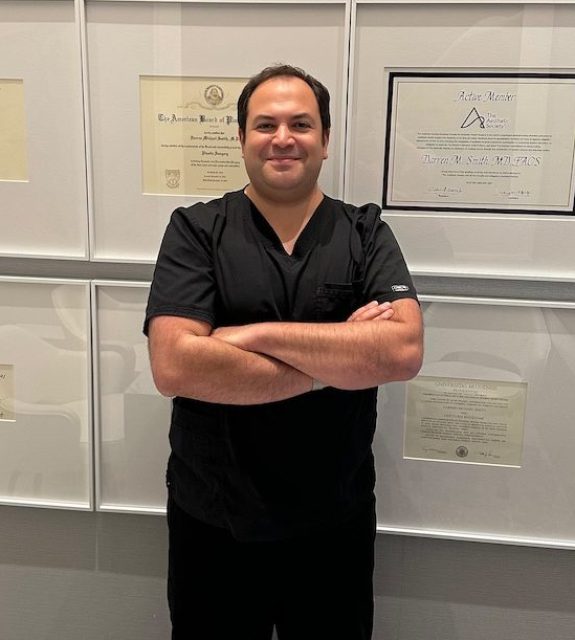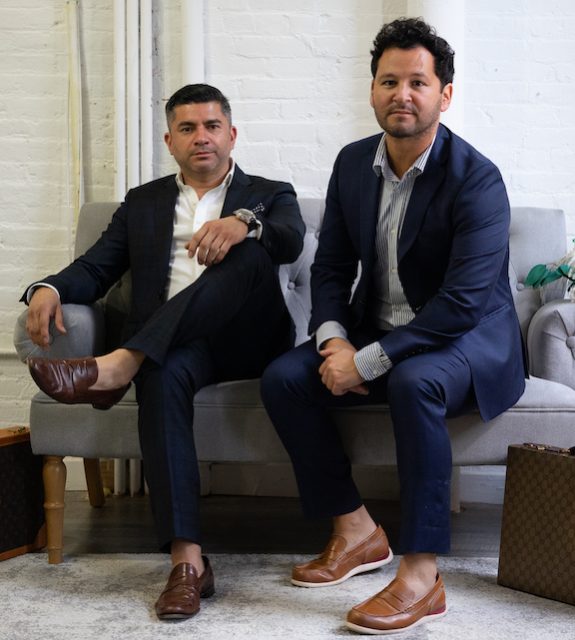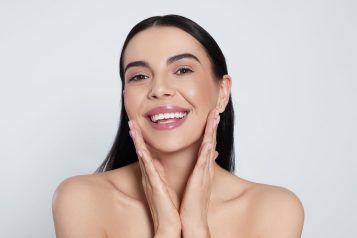Dr. Dan Yamini talks COVID-19 procedures and protocols. To achieve the epitome in cosmetic surgical training, Dr. Dan Yamini pursued an advanced fellowship in facial and body cosmetic surgery with one of the most experienced and renowned cosmetic surgeons in the world. Although Dr. Yamini was invited to join that practice, he decided to open Sunset Cosmetic Surgery and pursue a practice of his own with fellow plastic surgeon Dr. Steven Svehlak.
Dr. Dan Yamini was led by the world-renowned Dr. Ian Thomas Jackson at the Craniofacial Institute. Dr. Jackson, who was the head of plastic surgery at the Mayo Clinic, is considered one of the true “Fathers” of plastic surgery. Dr. Dan Yamini's many years of training and experience have earned him the trust and confidence of many patients, and Dr. Yamini has earned the recognition as one of “America’s Top Surgeons,” as well as a Patient’s Choice Award.
Haute Beauty sat down with Dr. Dan Yamini to talk about COVID-19 protocols and current opportunities:
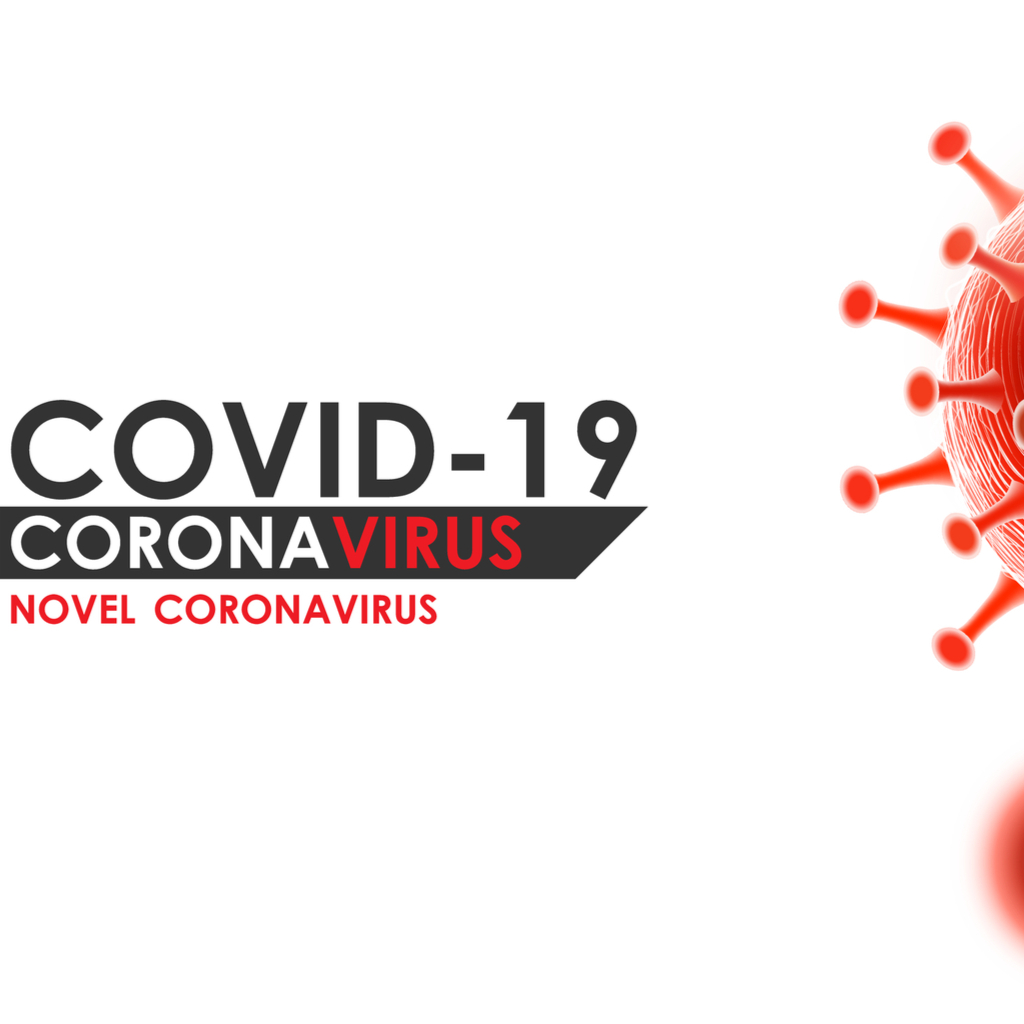
HB: Is it safe to see a cosmetic surgeon or doctor during quarantine?
It is now safe to see a plastic surgeon/cosmetic surgeon during this pandemic, and as stay at home restrictions are being lifted. Our office has taken the last several weeks (while we were closed) to review and understand the evolving restrictions, safety measures, and protocols developed by the CDC, WHO, local governments, and our various professional societies. We put together comprehensive protocols for our office, staff, and patients to follow in order to protect and maintain the highest safety for everyone. We want to avoid any infection with the COVID-19 virus. As long as any office is following the strict guidelines put forth, then the chances for infection are at its absolute minimum.
HB: What should patients know before scheduling an initial consultation?
When a patient calls our office, they will be asked a series of questions to screen them for any possible exposure or infection with the virus. If any answer “yes”, then they are urged not to come into the office until after symptoms have resolved and been symptom free for 2 weeks. We tell them we have strict safety protocols in place to assure minimal risk to all for infection. All new patients are recommended to start with a virtual consultation through a phone call, Face Time, Zoom, etc. This helps us to fully understand the patients concerns regarding treatment while keeping distancing and assuring no transmission of sickness. We can then devise a treatment plan accordingly with minimal exposure to everyone.
HB: What should patients know prior to the arrival of their appointment?
All patients are given a questionnaire via email and then over the phone prior to coming to our office. As long as they have no symptoms and have no risk factors for contacting COVID-19, then they are allowed to come in. All patients are required to wear a mask to their appointment and during their appointment. At our front door, they again are asked the screening questions, and their temperature is taken. Anyone who is 100.4°F, or higher, or answer “Yes” to the questions, are not allowed into the office and are told to go directly home. They should stay in and call their primary doctor to discuss their fever.
HB: What new protocols are being taken in your office to ensure safety?
1. The protocols mentioned above for the patients…screening questions, temperature monitoring, telemedicine consultations and visits.
2. All employees are screened the same way every day just like the patients. If anyone feels ill, they are to stay home. This includes the doctors.
3. The office door handles, counters, surfaces and exam chairs, etc. are wiped down thoroughly every morning before the office opens with disinfectant. Also all surfaces within the exam rooms are wiped down between each patient.
4. We have a secure plexi-glass respiratory droplet (sneeze) shield installed across our front desk
5. We have HEPA filter with UV irradiation fans installed throughout the office and in each exam room.
6. Everyone practices social distancing (with floor tape markers strategically placed as a guide)
7. Everyone wears a mask while in the office
8. When medical personnel treat patients they are to wear N95 mask or equivalent and face shields
9. Our patient scheduled has been lightened considerably to allow minimal people within the office at any one time. Patients appointments are expected to be very focused with consultations and with prompt treatments. Patients will not be allowed to “linger and socialize” in the office. This minimizes patient contact and allows for disinfecting between patients
10. Frequently touched clutter has been removed or minimized. What I mean by that is: magazines, books, brochures, coffee maker, water bottles, etc. have been removed from patient contact.
11. Everyone will use a clean sanitized pen from the “clean” bucket and then discard it into a “dirty” bucket after its use. The pens are then re-sanitize for the next day.
HB: What protocols are the top practices taking to ensure the safety of them, their staff as well as the patient?
The protocols listed above are very comprehensive for the safety of all. Most importantly is the screening of patients and staff, the social distancing, mask and face shield wearing, and frequent disinfecting.
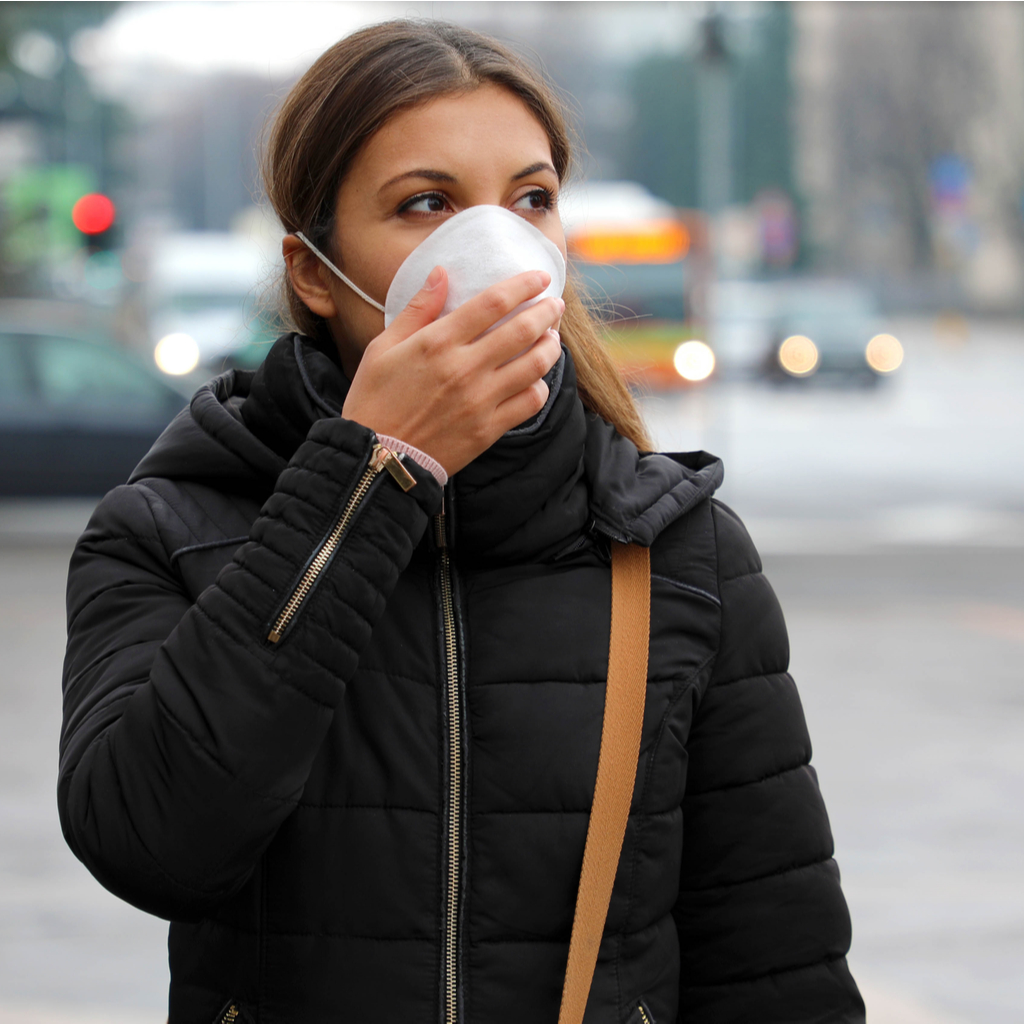
HB: What changes can patients expect to experience when getting non-invasive treatments?
It is essential for all to wear masks as much as possible. All treating medical personnel will wear certified PPE devices, such as N95 masks, face shields, gloves, and possibly gowns, shoe covers, and head coverings as needed.
HB: What changes can patients expect to experience when undergoing minimally invasive treatments?
Any patient getting a surgical procedure will be required to get tested for COVID-19 (swab and antibodies) 2-7 days prior to their procedure. As treatments become more invasive, the additional PPE devices will be required (such as the gowns, shoe covers, and head covers). The patient will be instructed to self- quarantine for 2 weeks prior to their procedure.
HB: What changes can patients expect to experience when undergoing an invasive/surgical procedure?
That which is stated in #6 and 7 above. And, when cases are done in an operating room under anesthesia, further aggressive protocols will be in place. The operating rooms now have much stricter guidelines for protecting personnel, such as plexi glass box shield for the patients head to protect the anesthesiologist and others in the room from oral and airway aerosolizing of secretions. There will be more time allotted between surgical cases to allow for more room air turn over through the ventilation system.
HB: Does aftercare/recovery differ with the new protocols in place?
Aftercare and recovery will not ad anything new than those listed above. Patients will be asked to shelter at home with minimal social contacts to allow them a safe recovery without the risk of infection from others. This is where the patient will be most vulnerable because the trauma from any surgery can stress their immune system and reduce their ability to fight of infection.
Haute Beauty is affiliated with the luxury lifestyle publication Haute Living. As a section of Haute Living magazine, Haute Beauty covers the latest advancements in beauty and wellness, providing readers with expert advice on aesthetic and reconstructive treatments through its network of acclaimed surgeons.
For more about Haute Beauty, visit https://hauteliving.com/hautebeauty/
For more information, visit Dr. Dan Yamini and Dr. Steven Svehlak's social media:








